4.2K Views
Hard Coat Stucco Vs Synthetic Stucco

by
John Temmel Siding Guy
(IC: professional)
When stucco installment is poor, the result could be rot behind the structure of your home. There are two types of stucco: hard coat stucco and synthetic stucco. Both have a bad reputation because of improper installation; however, synthetic stucco is worse than hard coat stucco in the sense that once moisture gets trapped, that synthetic stucco holds the moisture, which then rots the structure. Synthetic stucco was originally designed for commercial purposes; builders found it to be more cost effective and started using it over wood structures. When you combine putting synthetic stucco over wood with improper installation, you get rot. In a nutshell, this is a technique that should not exist in the residential market because it compromises the quality and safety of your home. The best way to resolve synthetic stucco is to tear it off and redo the house, which fortunately isn't as expensive as some people think. Hard coat stucco installation involves the following layers: a moisture barrier, wire lath (plaster base), a scratch coat, a brown coat and then a finish coat. The finished hard coat stucco itself should be about 5/8 to 3/4 of an inch thick. Synthetic stucco installation involves the following layers: 1 inch of foam on top of sheething, a thin layer of portment cement placed on top of fiberglass mesh, and then a finish coat. With synthetic stucco, the foam and sheeting used for the first coat hold moisture in, which leads to rot. Hard coat stucco mostly rots because of improper flashing or when the flashing is not "kicked out."
Enjoyed the project?
Published April 15th, 2013 11:02 AM






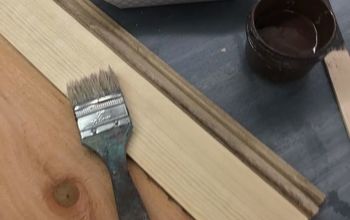
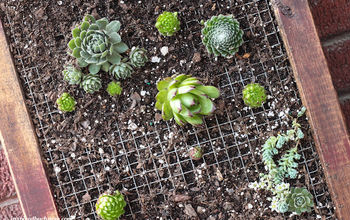
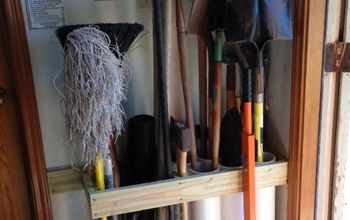
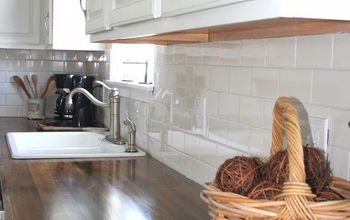



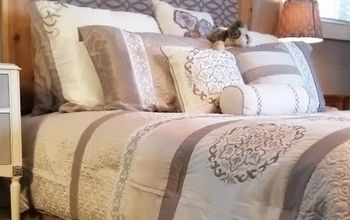






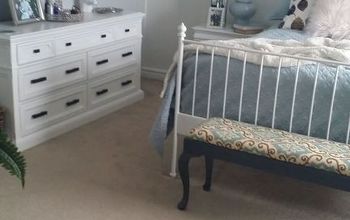

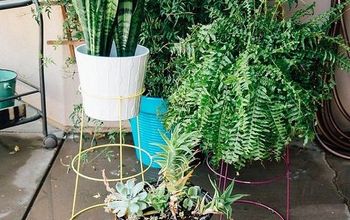

Frequently asked questions
Have a question about this project?